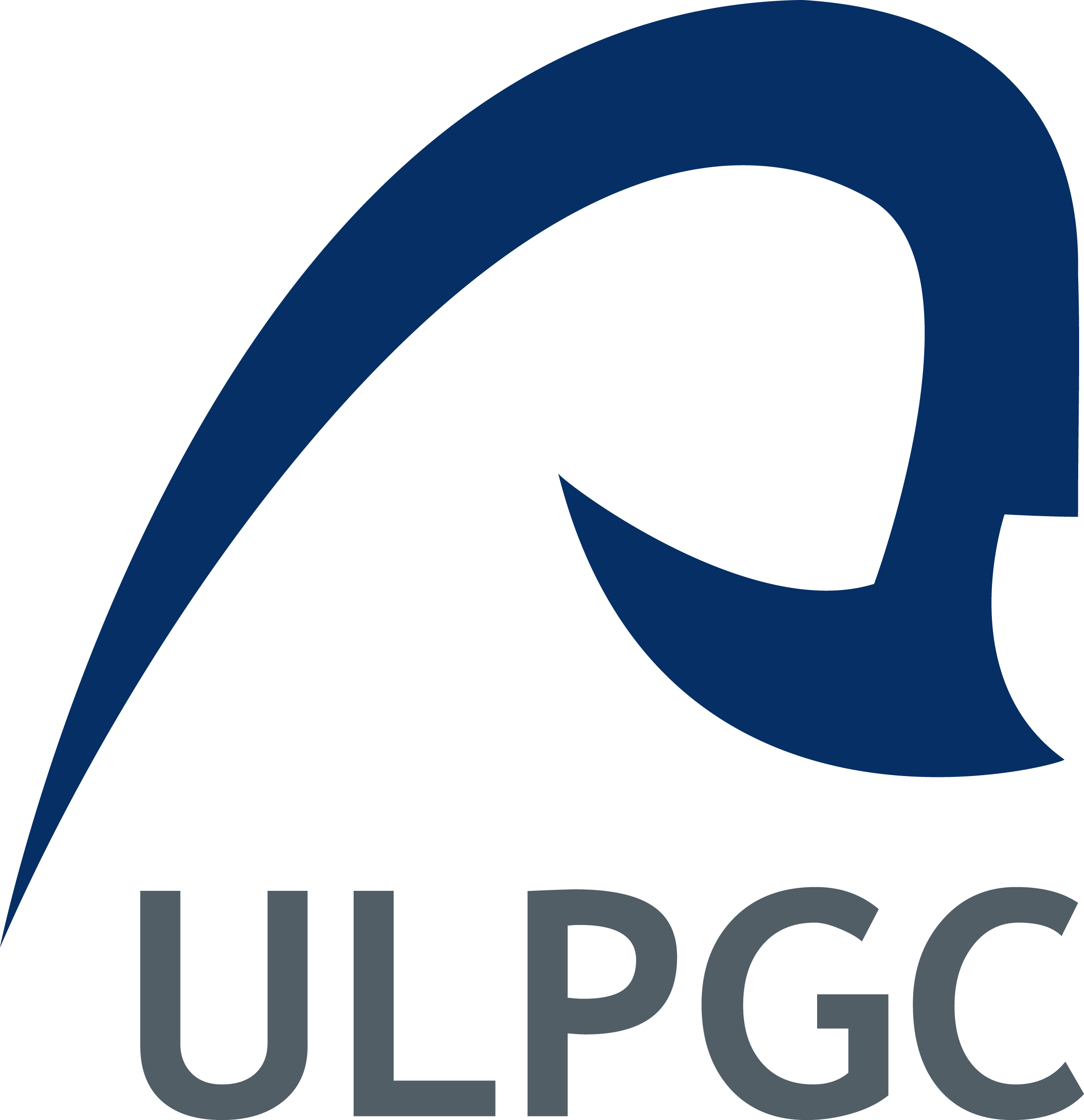Ph.D. Program in Oceanography and Global Change at the Canary Islands, Spain
Our two research lines, Marine Ecophysiology and Biochemical Oceanography, are designed to provide reciprocal support for each other. Marine Ecophysiology focuses more on the ocean’s impact on the organism and Biochemical Oceanography focuses more on the organism-biochemical impact on the ocean. The Marine Ecophysiology uses the biochemical proxies developed in the Biochemical Oceanography to investigate the factors that control plankton carbon and nitrogen metabolism; respiration; ammonium excretion; ingestion; growth; as well as autotrophic and heterotrophic production. All investigations are carried out within the framework of our EOMAR research group in a collaborative, interrelated, and coordinated team fashion. We investigate the causal biochemical basis of: (1) Kleiber’s law, the Metabolic Theory of Ecology, and nutritional states in marine ecosystems; (2) Growth and Secondary production in marine ecosystems; (3) Respiration and its control mechanisms in marine organisms; and (4) Ocean New production. In addition we are (5) learning to cultivate new planktonic organisms for research in aquaculture, and autecology; (6) experimenting with biological, chemical, and physical control mechanisms of plankton processes in order to develop mathematical models of these processes; (7) developing new concepts of the oceanographic and ecophysiological determinants of coastal and upwelling ecosystems; and (8) developing enzymatic proxies to investigate the carbon and nitrogen metabolism in Jellyfish to elucidate the role of these understudied plankters in marine ecosystems. Finally, (9) because of their potential negative impact on plankton physiology and ecology we are investigating the ocean distribution of microplastics and their presence in zooplankton and fish around the Canary Island Archipelago. Recent advances by EOMAR in Marine Ecophysiology have been: (1) the recognition that Kleiber’s Law and the Metabolic Theory of Ecology can predict metabolic rates because biomass, by itself, has no causal relationship to metabolism, it packages energy-trapping membranes (mitochondrial or plasmalemmal) and these membranes harbor electron transport complexes and transmitters. (2) that the mysid, Leptomysis lingvura, can be cultured in the laboratory through many generations, can serve as a food supply for aquaculture, and can also serve as a convenient model laboratory organism for marine biological research; (3) that respiration in protozoans and in bacteria can be better predicted from a Kinetic Theory of Metabolism than by the Metabolic Theory of Ecology; and (4) that existing mathematical models of secondary production fail under trial and a new model needs to be developed.




